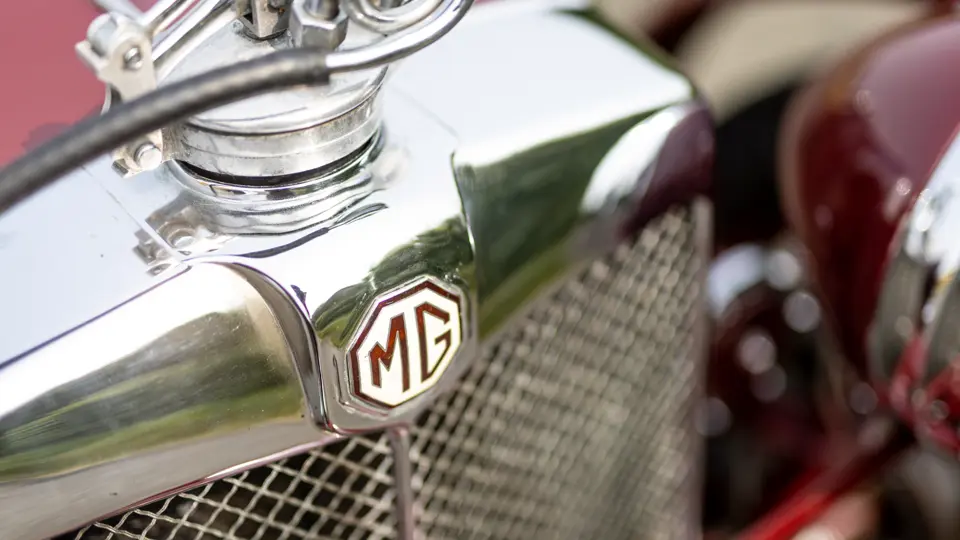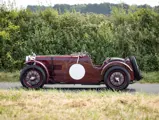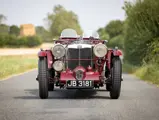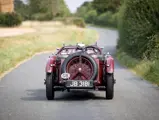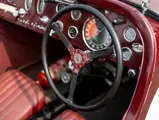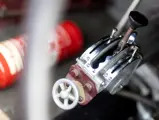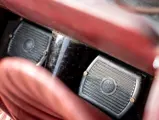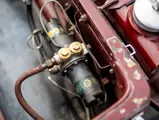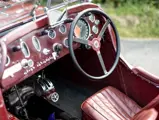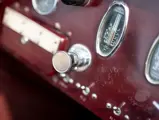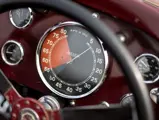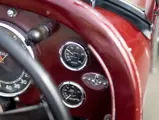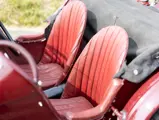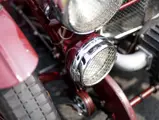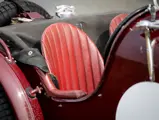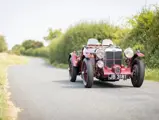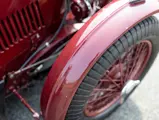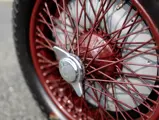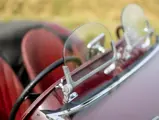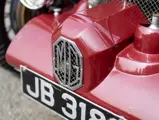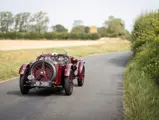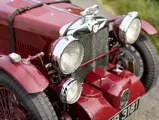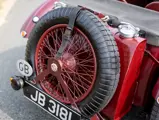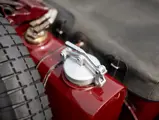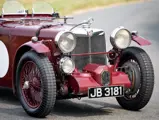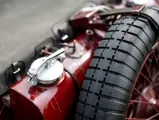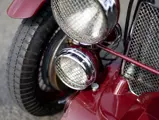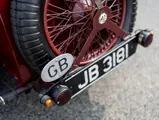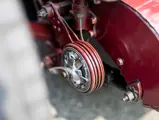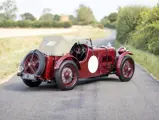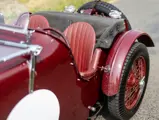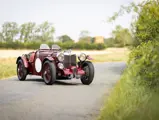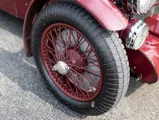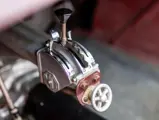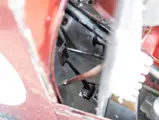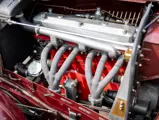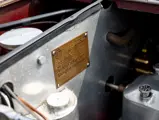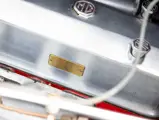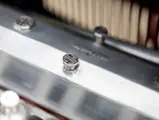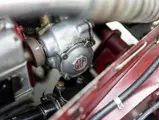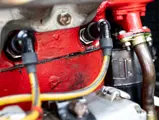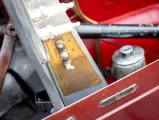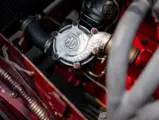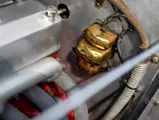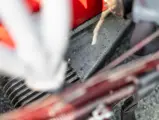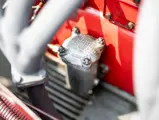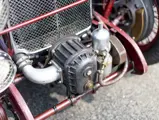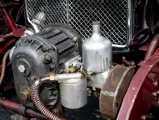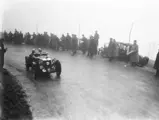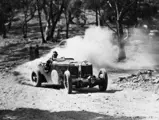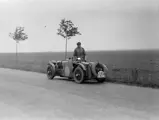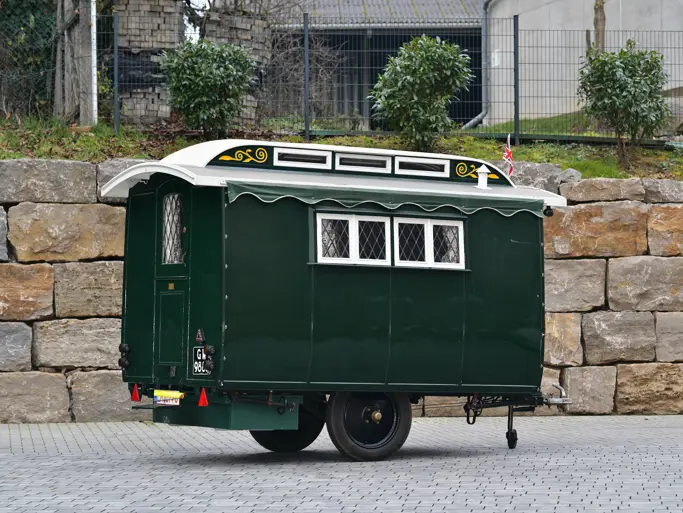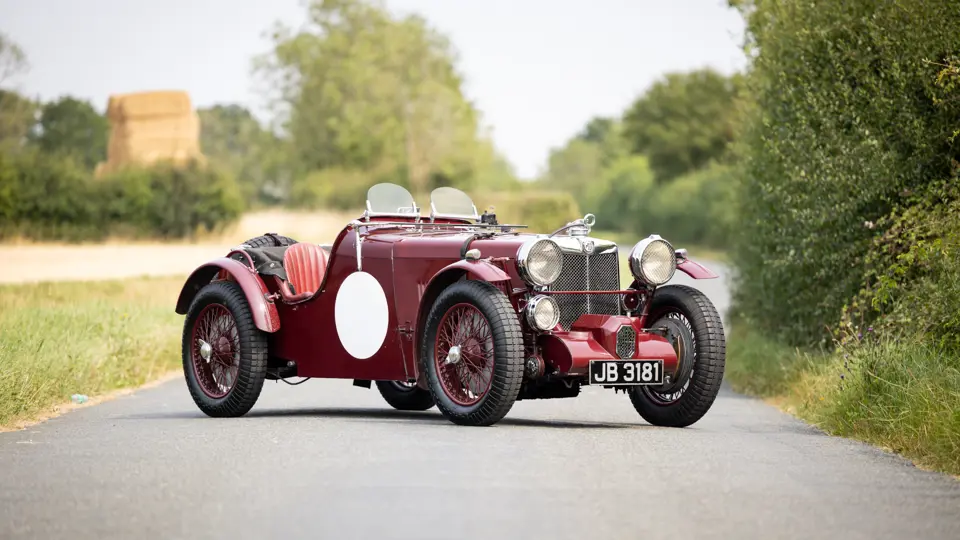
1934 MG K3 Magnette Two-Seater
{{lr.item.text}}
£522,500 GBP | Sold
{{bidding.lot.reserveStatusFormatted}}
- The most sought after competition MG model
- One of three Works-entered cars prepared for the 1934 Mille Miglia, under the patronage of Earl Howe
- Generally regarded as the most original surviving example of MG’s celebrated Works K3 cars
- Successively joined the collections of respected MG authorities Rod Hiley and Peter Green
- Eligible for numerous historic events, including the Mille Miglia Storica, Le Mans Classic, and Goodwood Revival
If the Alfa Romeo 8C is widely accepted as the most successful competition sports car of the 1930s, then surely a compelling case can be put forward for the MG K3 Magnette as the decade’s supreme giant-killer. Diminutively proportioned yet boasting a robust, cross-braced chassis and potent six-cylinder, 1,100-cc supercharged engine, K3s routinely humbled cars of more than double their capacity.
One of the model’s foremost exponents was wealthy Yorkshire textile magnate E.R. “Eddie” Hall. When Earl Howe was assembling an MG Works-owned three-car team of K3s with which to contest the 1934 Mille Miglia, the racing aristocrat was sufficiently impressed by Hall’s heroics to offer him a drive with his nascent operation. Three new chassis—K3015, K3016 and K3017—were duly prepared, with the returning Count Lurani assigned to the former, and Howe himself assuming the driving duties of chassis K3017. Meanwhile, Hall—accompanied by his wife Joan as riding mechanic—would pilot the car offered for sale here: K3016.
These cars incorporated several detailed changes made in light of previous Mille Miglia experience: a low-mounted exhaust (the high-mounted exhaust is said to have near-deafened the co-drivers in 1933), rerouted fuel lines protected by armoured wiring conduit, and an extra fog light. Uniquely, chassis K3016 retains all of these features.
The three cars—sequentially registered “JB3180” to “JB3182”, with the “JB” prefix usual for Works competition MGs during this period—duly convened in Brescia on 8 April 1934, although sadly a repeat of MG’s triumph of the previous year was not forthcoming. Indeed, Lurani’s was the sole team car to finish—albeit a creditable 11th overall, and 2nd-in-class—with Howe crashing out, and Hall retiring with a blown core plug shortly after half-distance.
Following its Mille Miglia travails, chassis K3016 returned to the UK and was promptly sold—via MG main agents University Motors Ltd.—to George Wright of Bridlington, Yorkshire (see original sales invoice and other correspondence on file). Wright had successfully contested the 1933 Monte Carlo Rally in a prototype K3, although it is understood that his use of this MG was restricted solely to the road. By 1935, chassis K3016 had been acquired by wealthy playboy Lyster Jackson of Victoria, Australia, with the car remaining in the country for the next six decades.
Duly repainted in the burgundy hue which it retains to this day, chassis K3016 competed extensively in Jackson’s hands; including the Australian Grand Prix in 1937 and 1938, retiring from the latter with engine failure.
Victoria state registration records held by the MG Car Club of Australia confirm that in 1940, Jackson changed the cylinder block in the car to an unnumbered replacement. Since Victoria registered cars by engine number, the Victoria Police would stamp the block with its own numbering system when presented with a blank block. In this case, the block was stamped with “V40009P”, clearly visible on the block fitted to the car today.
In 1947, chassis K3016 was sold to Otto Stone of Melbourne. A renowned engineer, Stone was well placed to maintain the car; work performed by him including the fitment of a replacement L-type cylinder block and Laystall crankshaft, and conversion of the car to hydraulically operated brakes. Indeed, his exacting preparation of the MG drew widespread admiration, and the pair became mainstays of the Australian racing scene over the next quarter of a century.
Following some 26 years of ownership, Stone elected to sell the K3 to Philip Vickery of Sydney in 1973, who in turn sold it to MG aficionado Rod Hiley in 1977. The car remained in Hiley’s care for more than two decades before finally returning to its homeland in 1999, with respected K3 authority Peter Green acquiring it as a fitting stablemate to his ex-Whitney Straight/Richard Seaman car, K3011.
Acquired by the consignor in 2003, the MG has been cherished since. During their ownership, various sympathetic restoration work has been undertaken. This has included the replacement of the L-type cylinder block fitted by Stone, reverting to the block sourced by Jackson in 1940. At the same time, the car’s original gearbox was also refitted, with all restoration work being performed by marque specialist James Gunn of Ecurie Fusil.
It is believed the body has never been off the car, nor suffered any accident damage. The MG retains all original body panels, horns, radiator surround, headlamps, instruments, and Marshall supercharger. Other correct features of the K3 are the original large-finned sump, full chassis oiling system, the oil reserve tank, and factory-fitted hood. To aid getting into and out of the car, Green replaced the original transmission tunnel; the original tunnel comes with the car and could be refitted. The car is currently fitted with single Hartford dampers at the rear (originally, they had a twin; the car comes with the second set that could also be refitted).
Exquisitely preserved and blessed with a fascinating—and comprehensively documented—competition history stretching back some nine decades, chassis K3016 represents the holy grail of competition MGs and, significantly, remains the example by which all others are judged. As such, it represents one of the most important MGs ever to be publicly offered for sale.
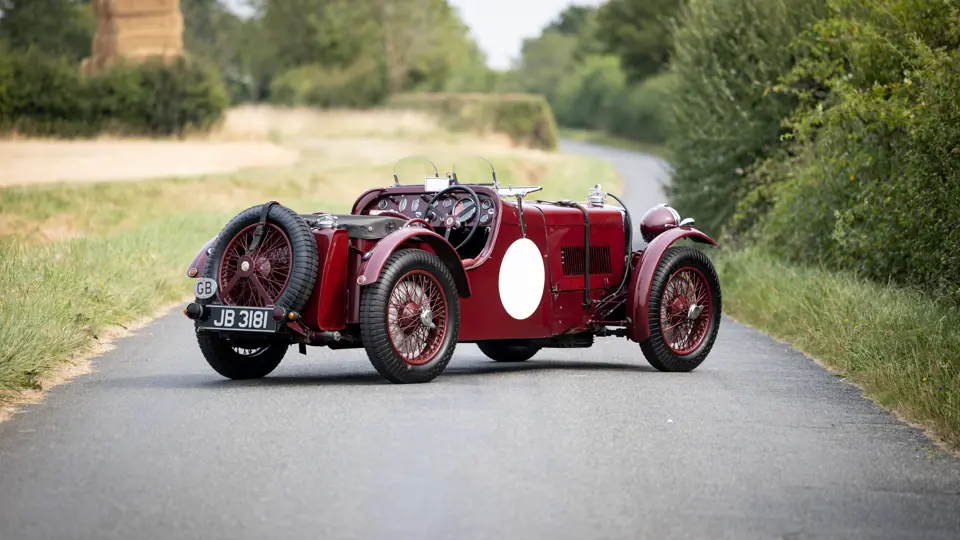
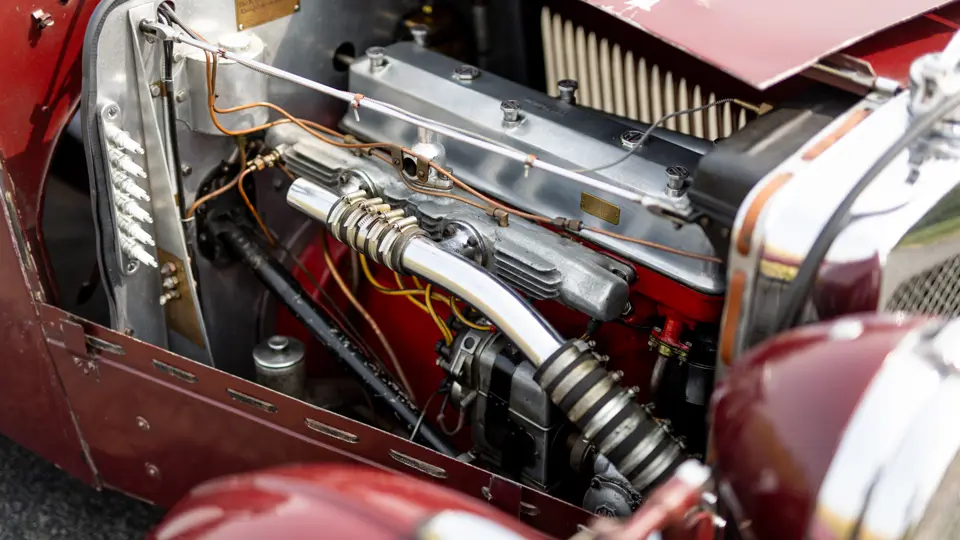


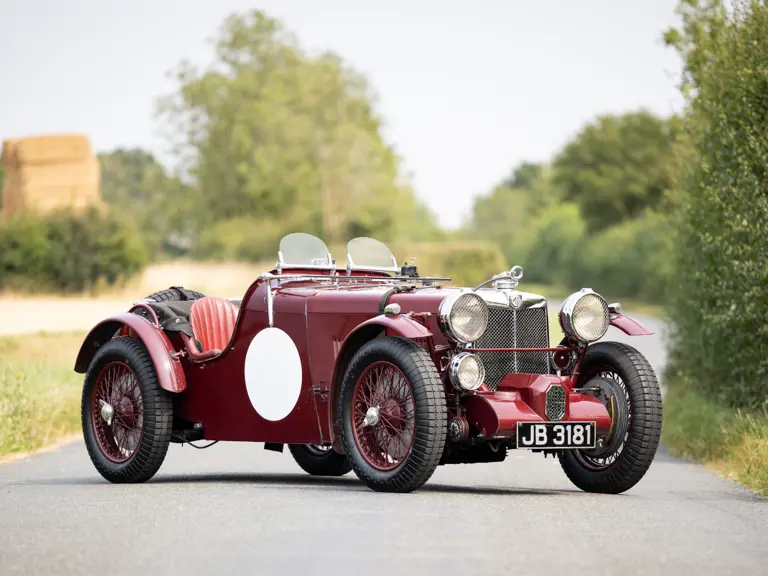
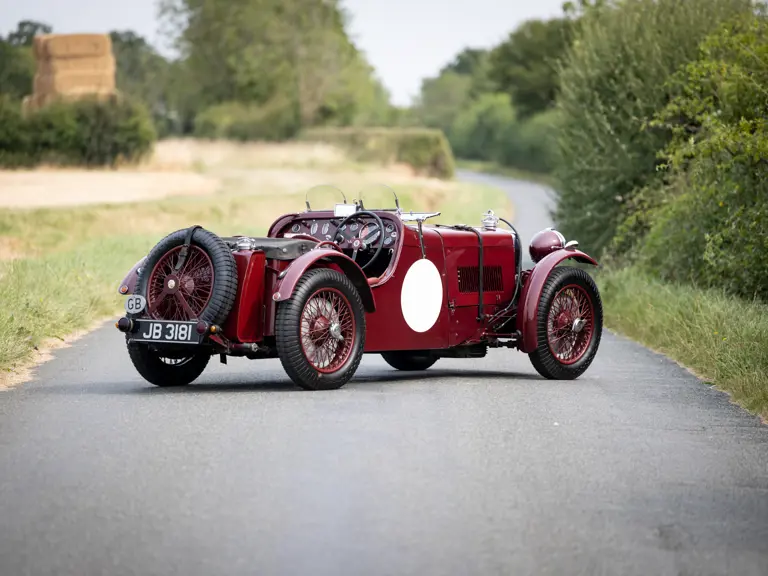

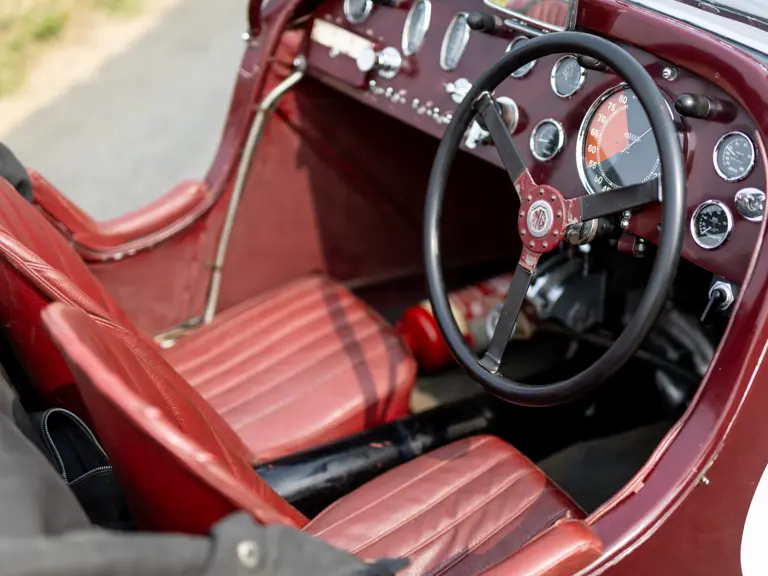
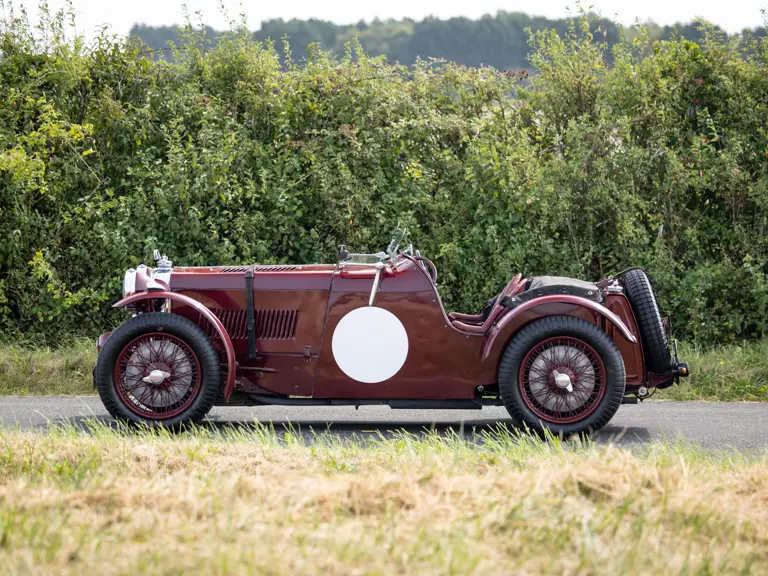
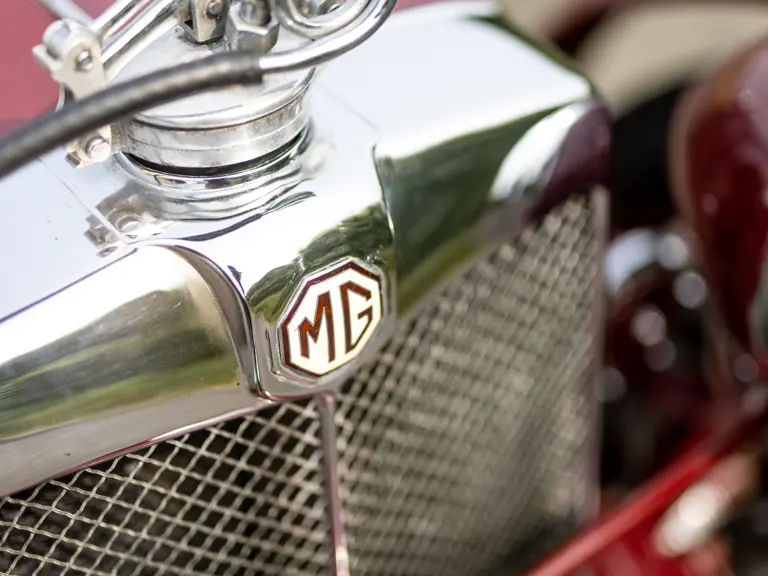

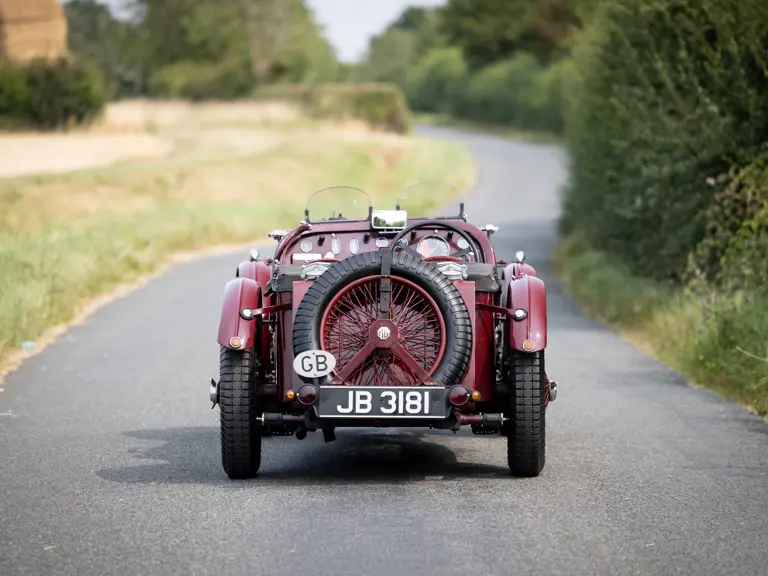
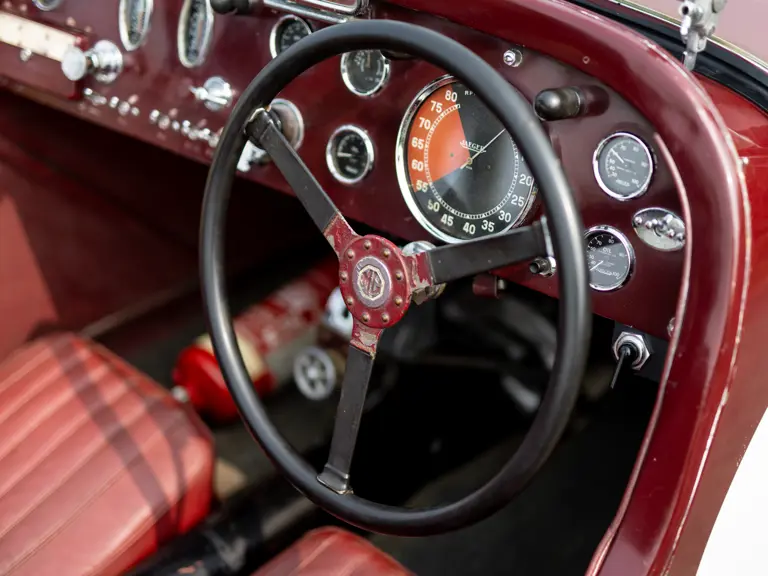
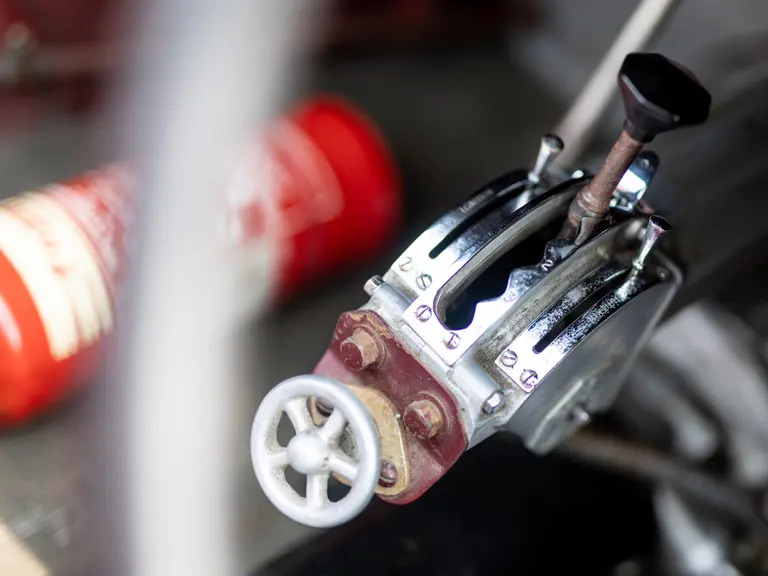
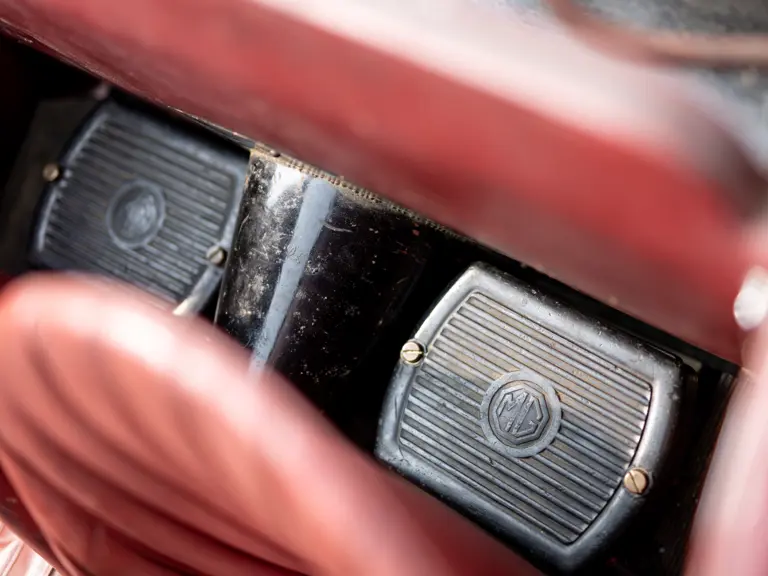
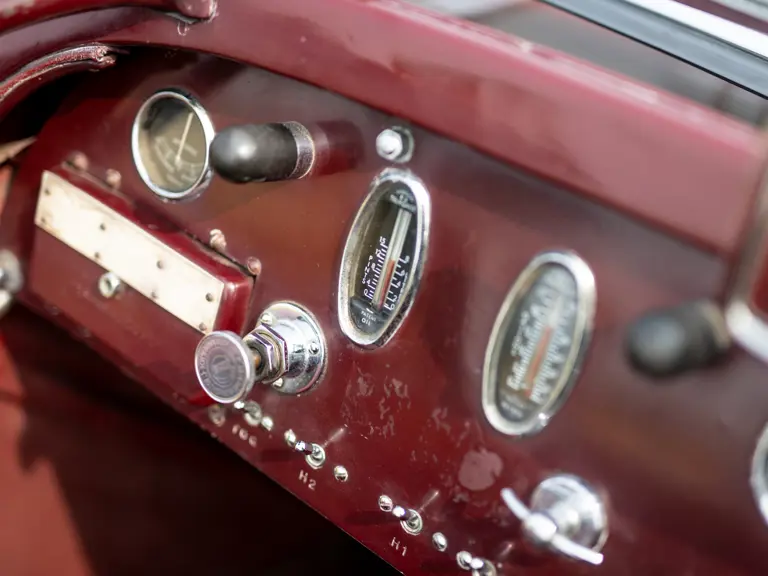

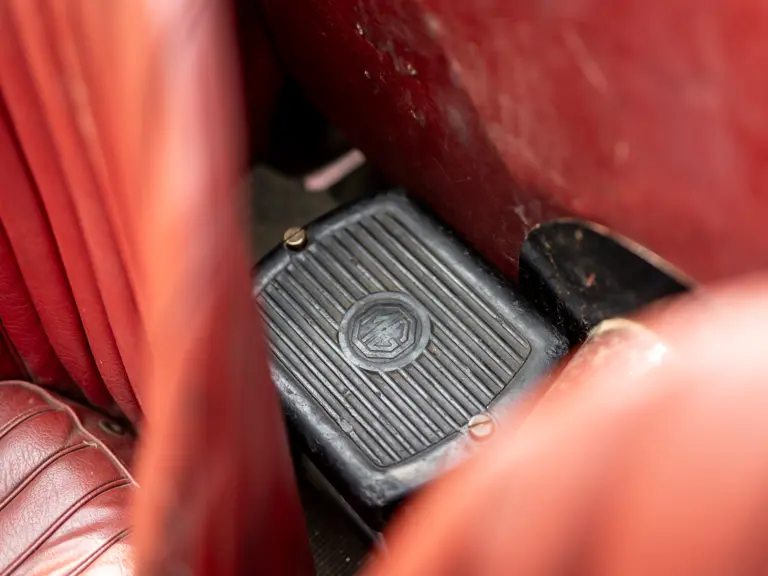
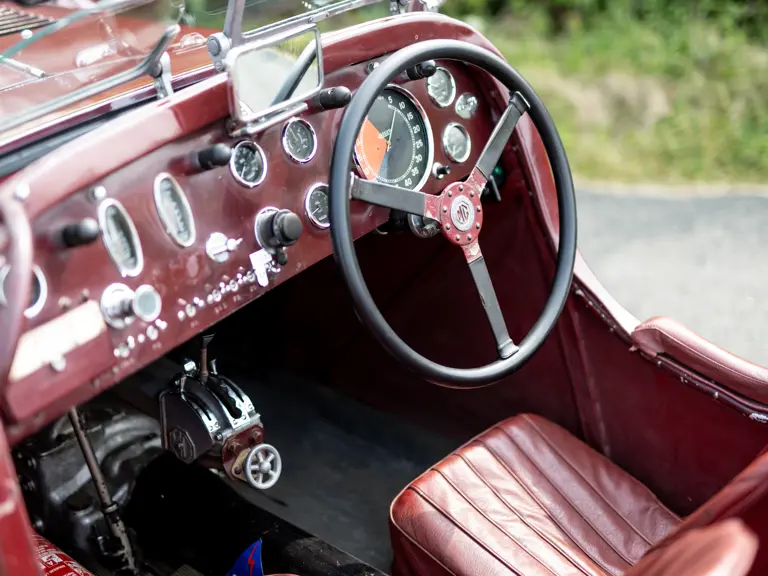
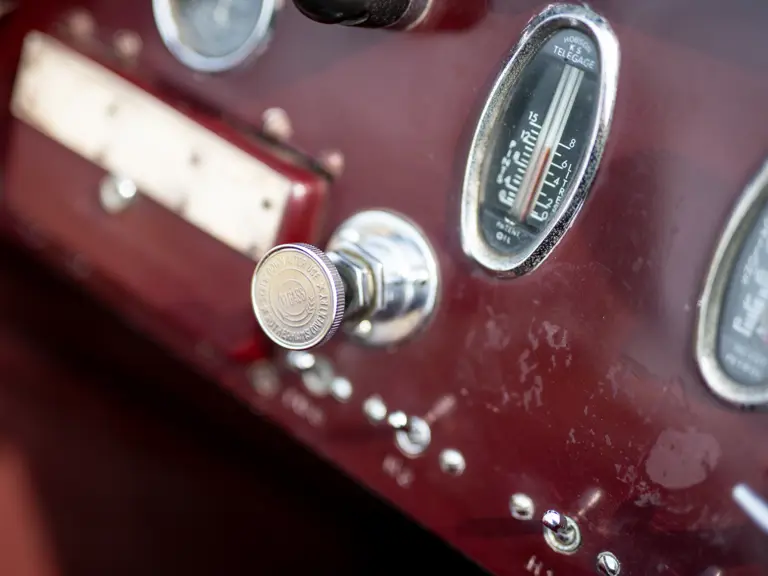
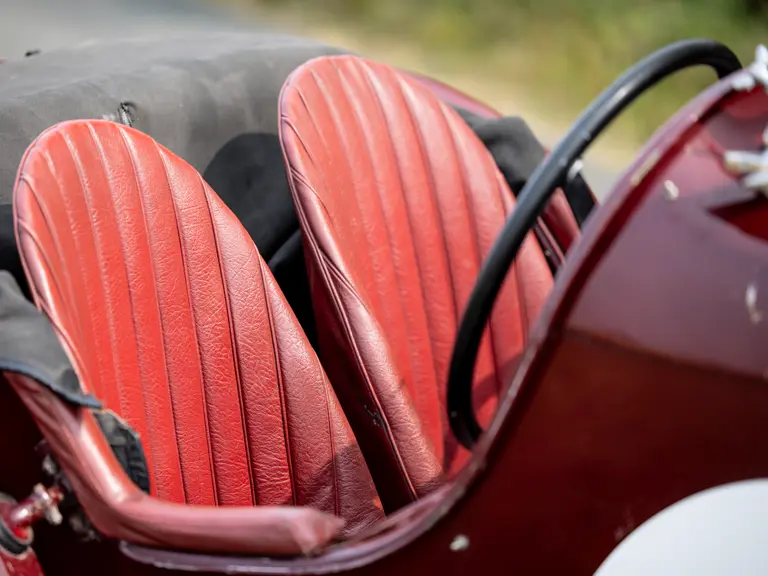
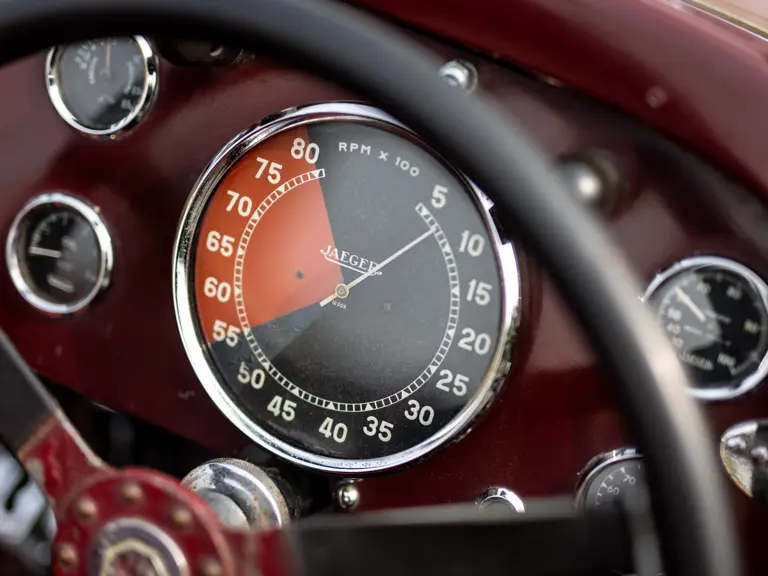
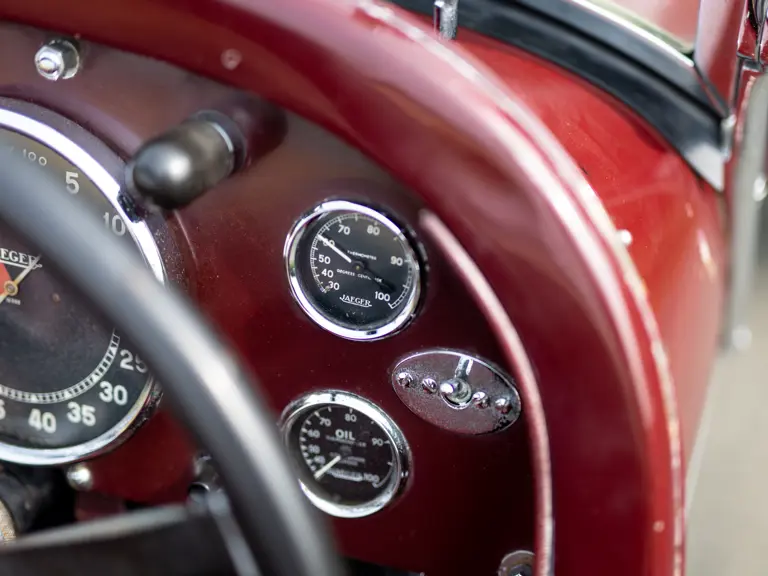
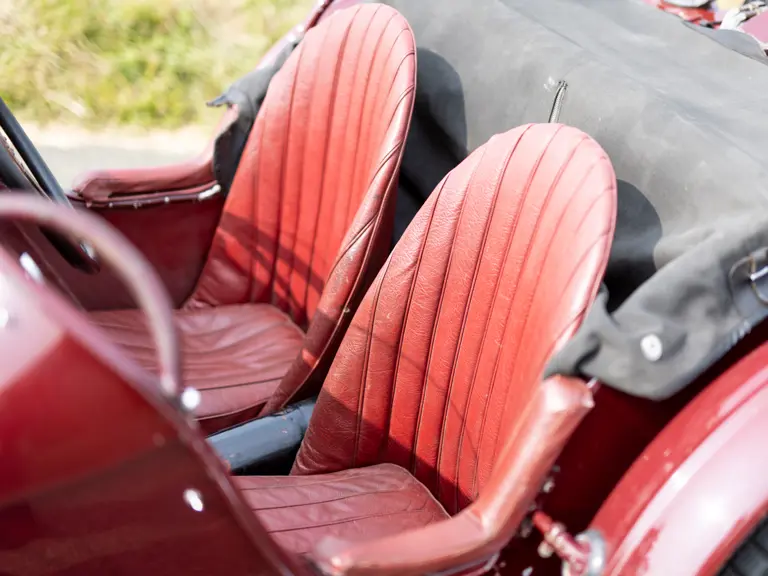

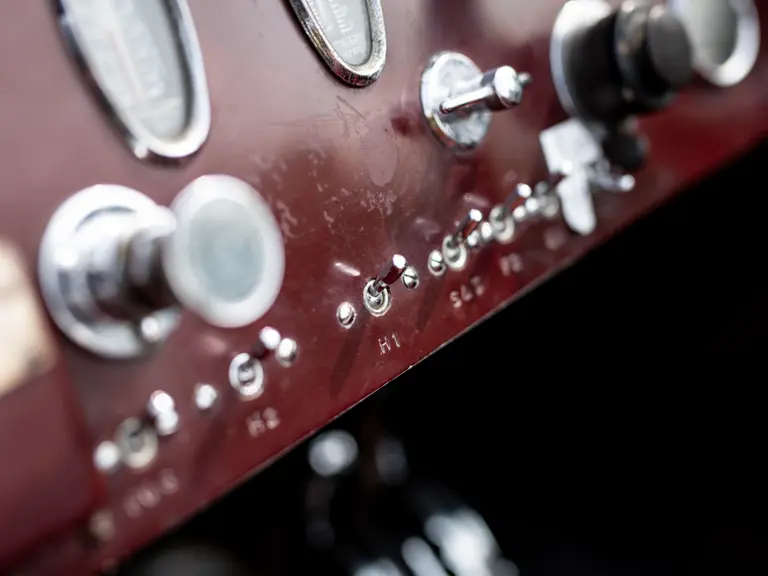

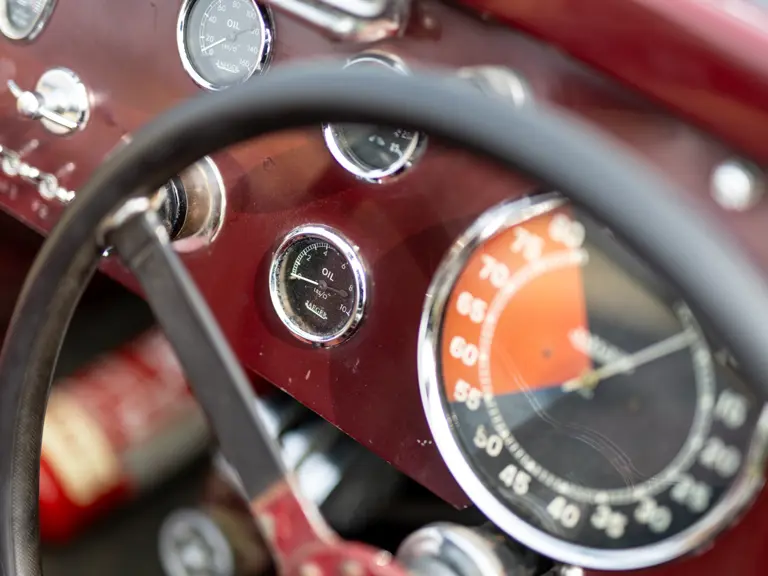

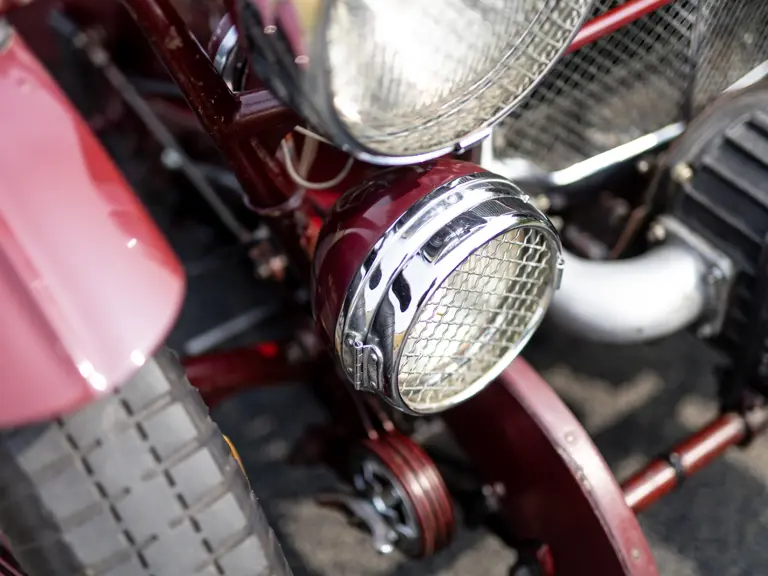


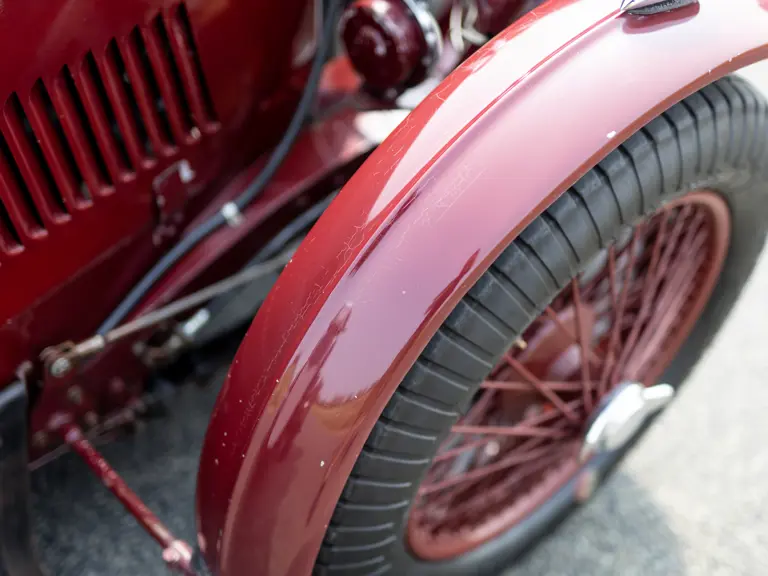

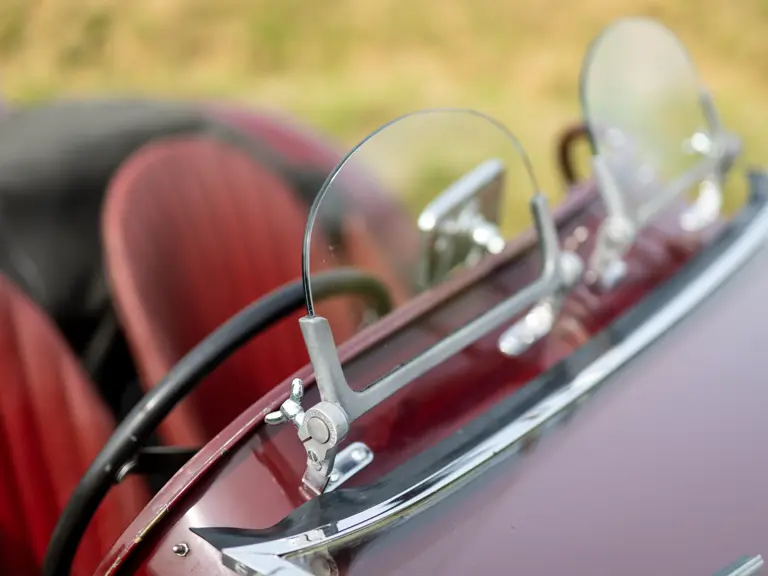
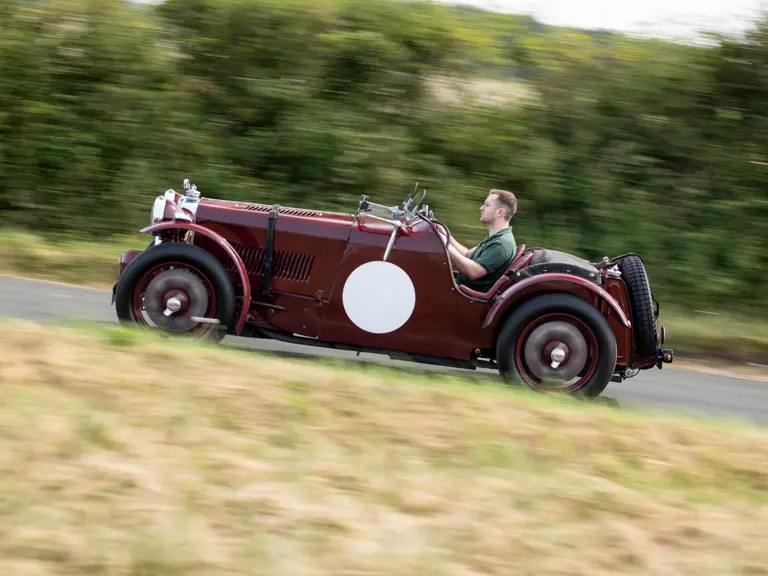

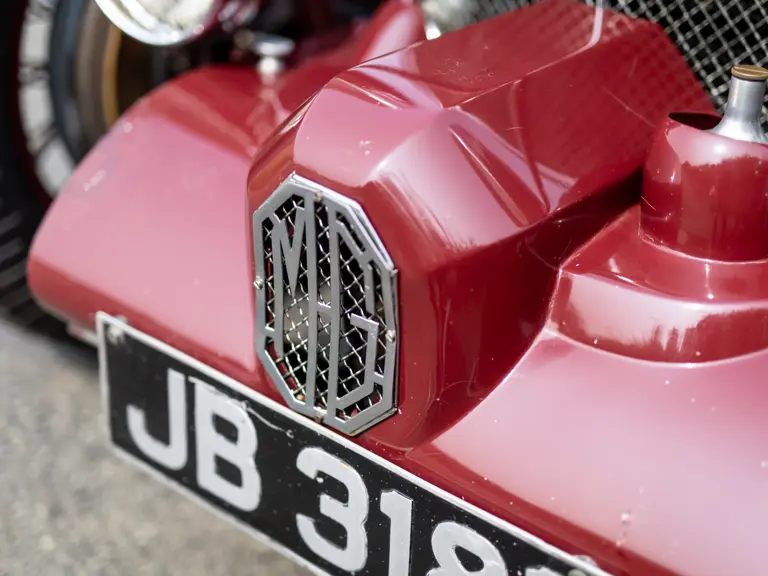

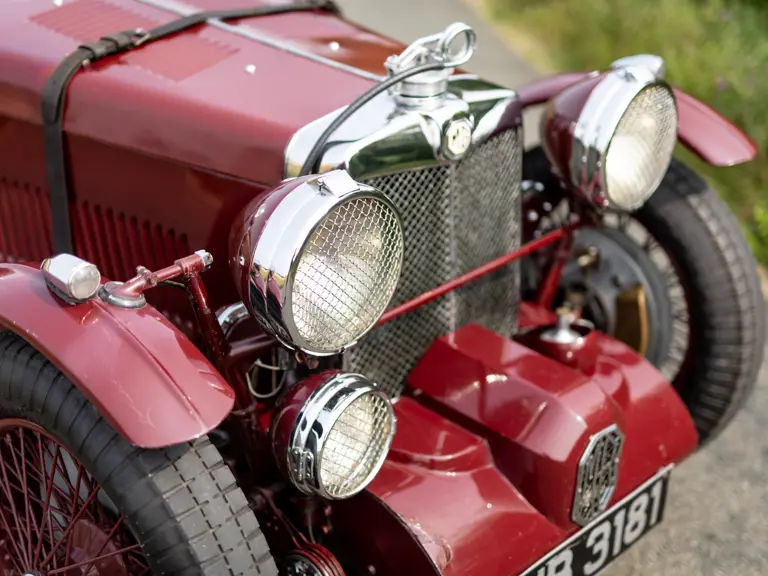

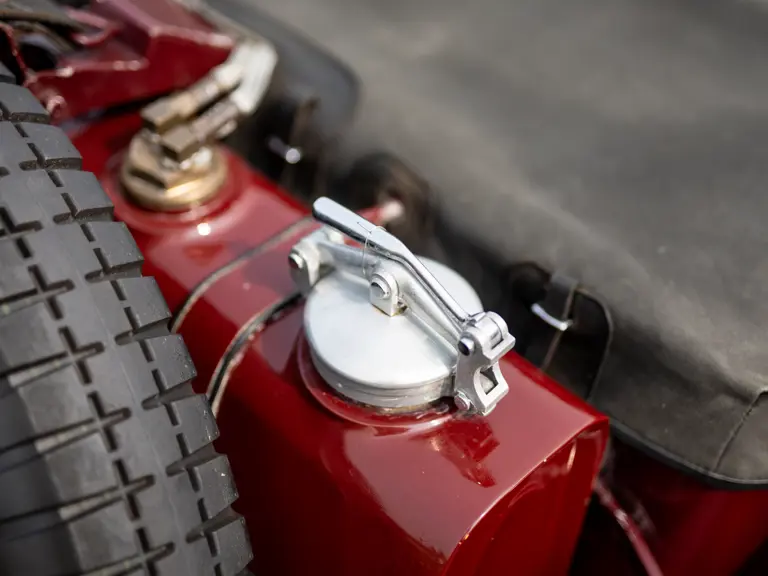
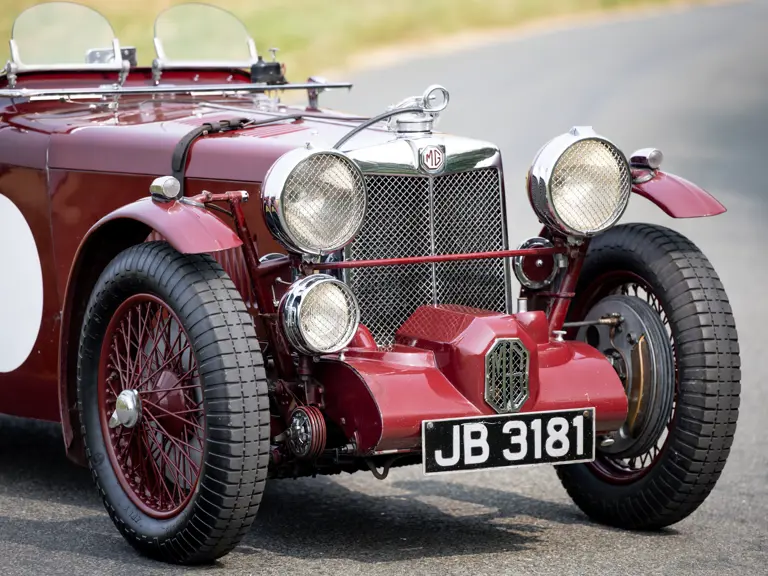


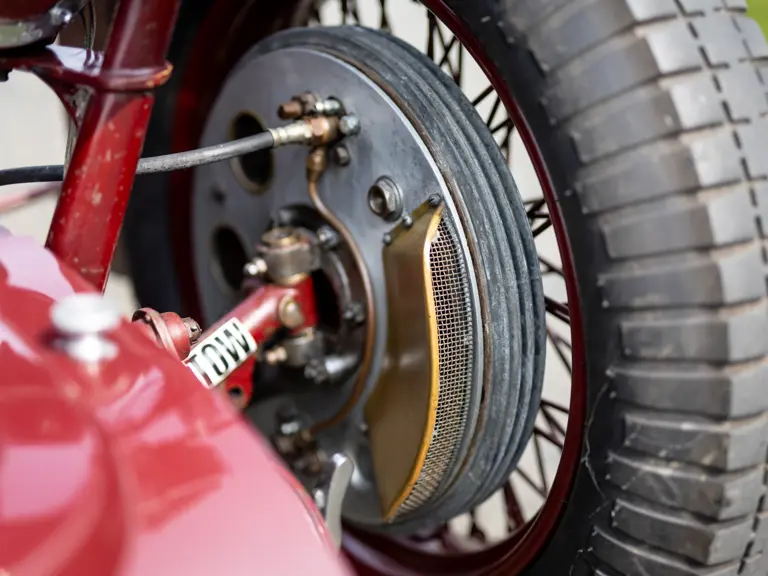


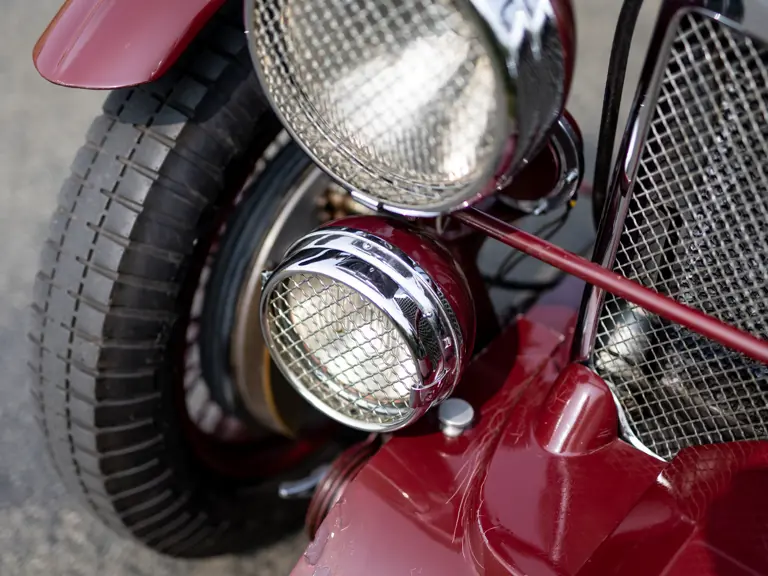



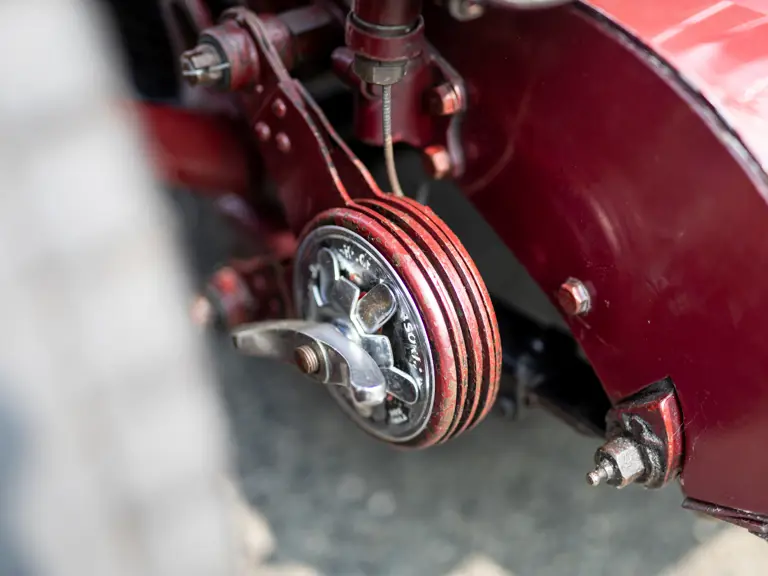
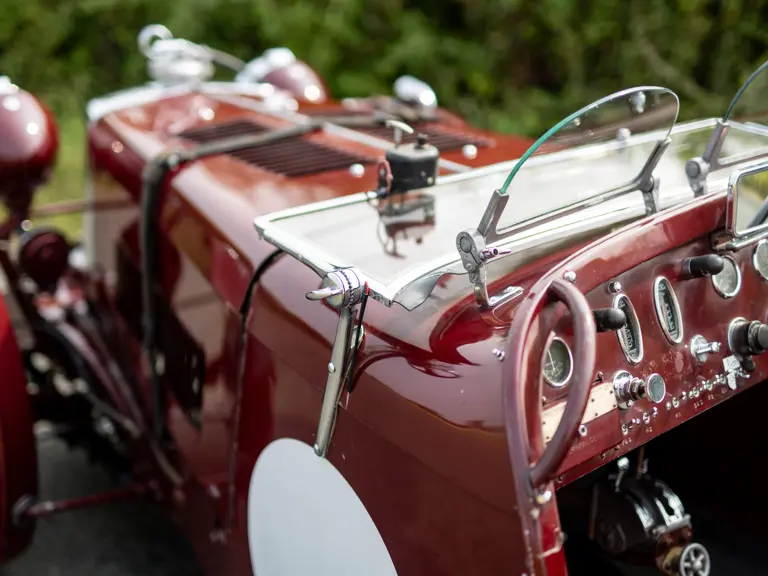
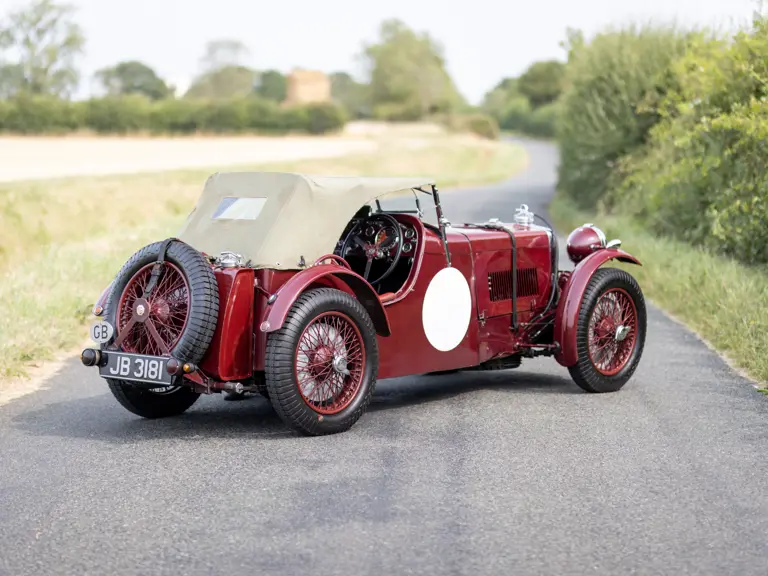
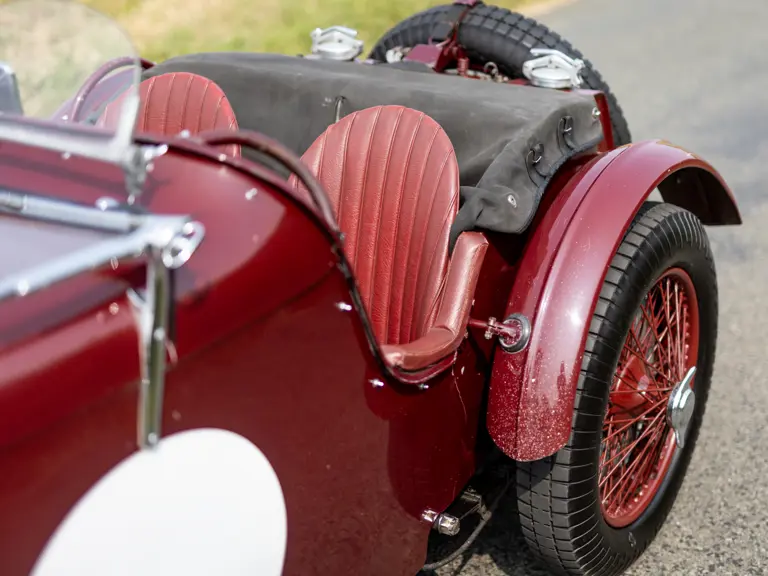
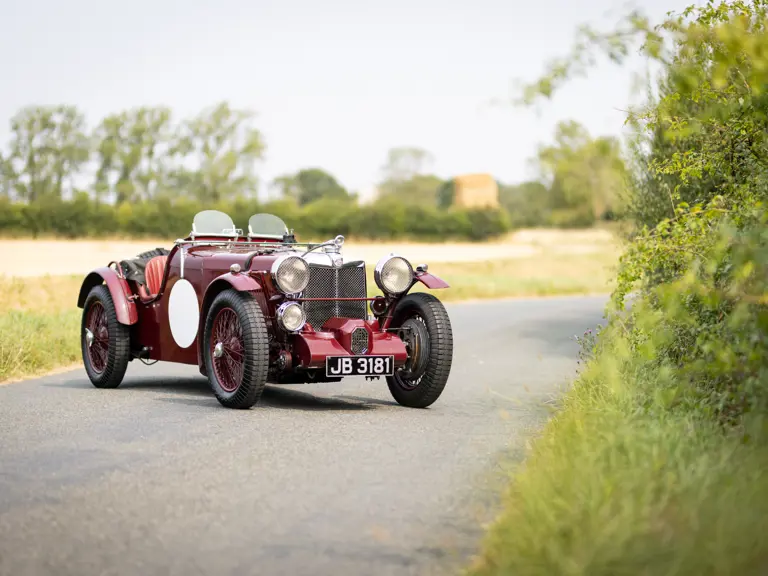
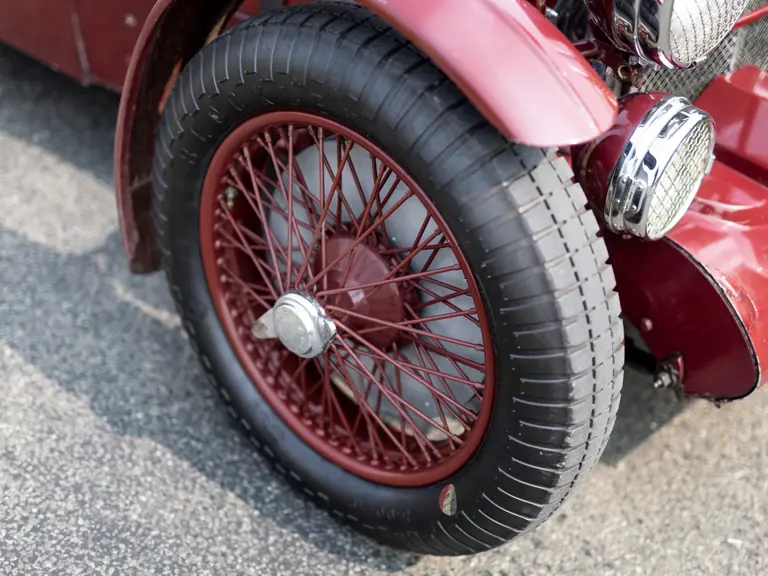
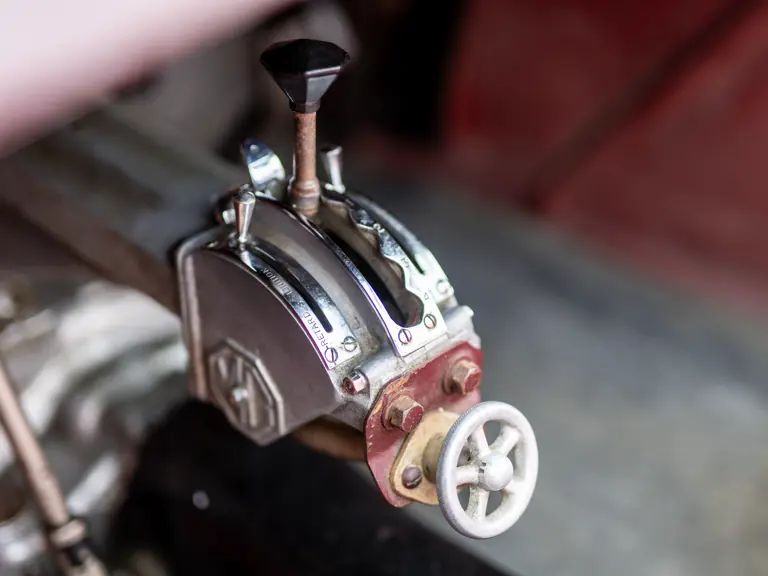

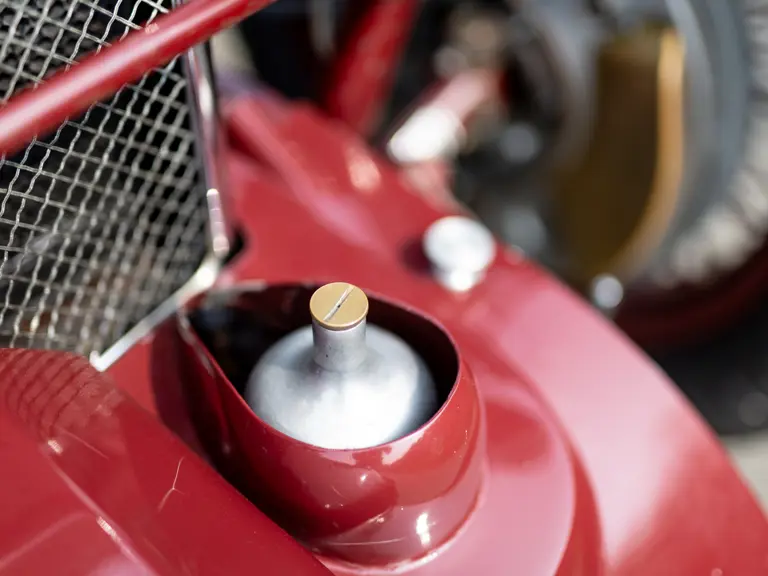
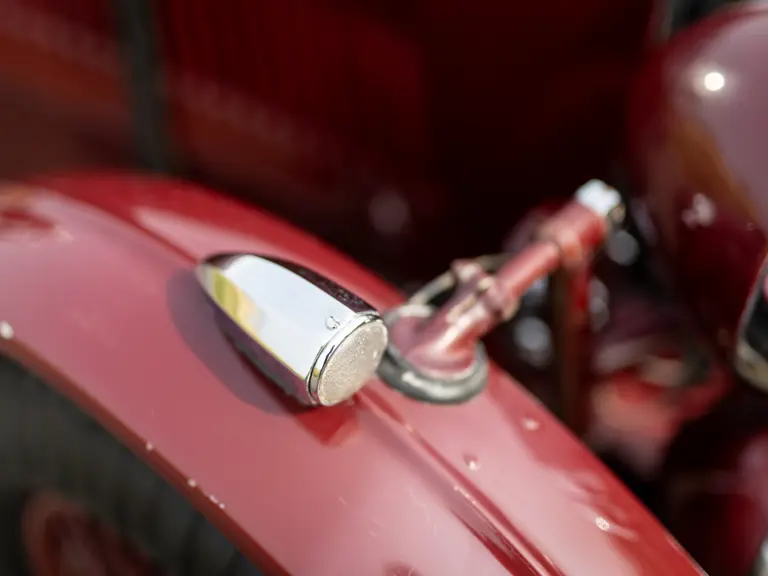
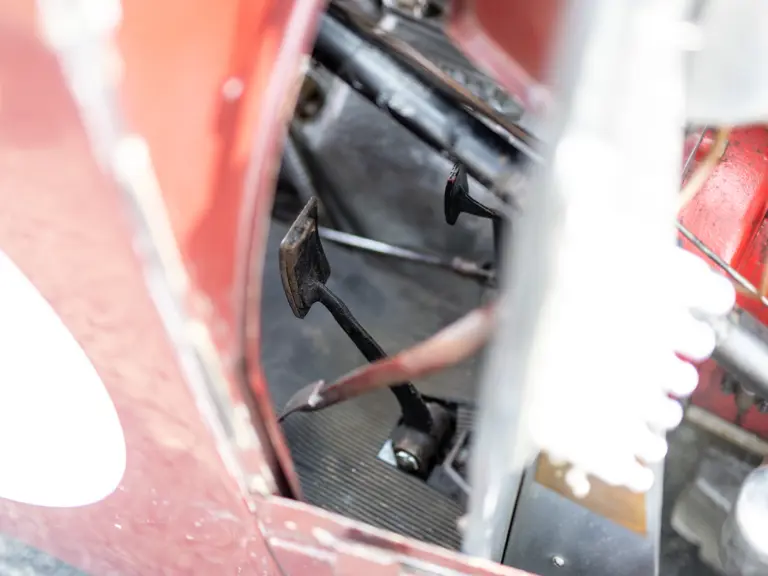
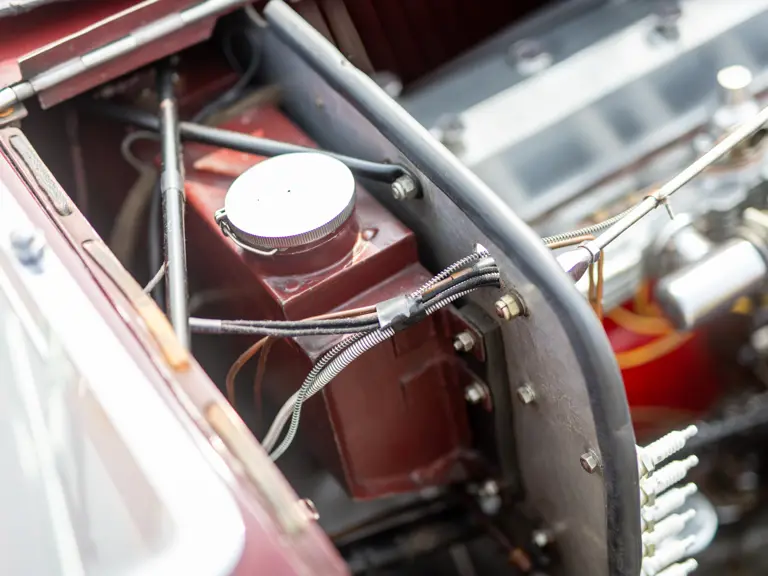

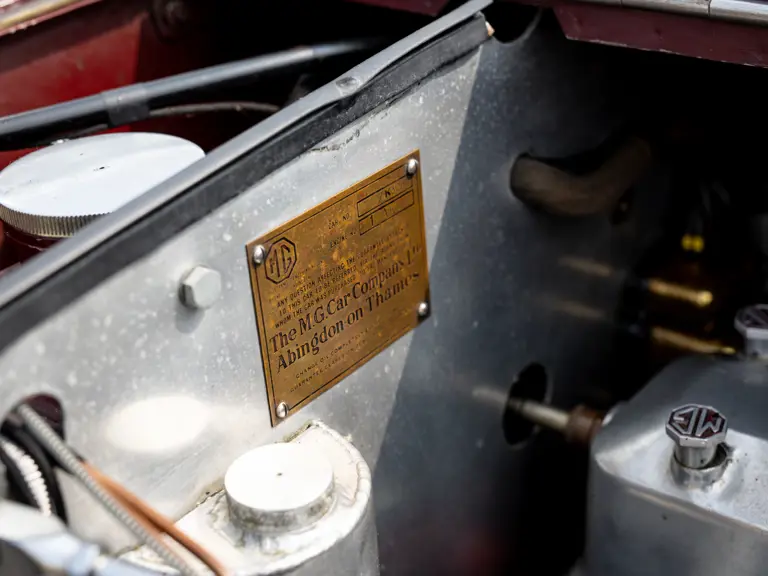
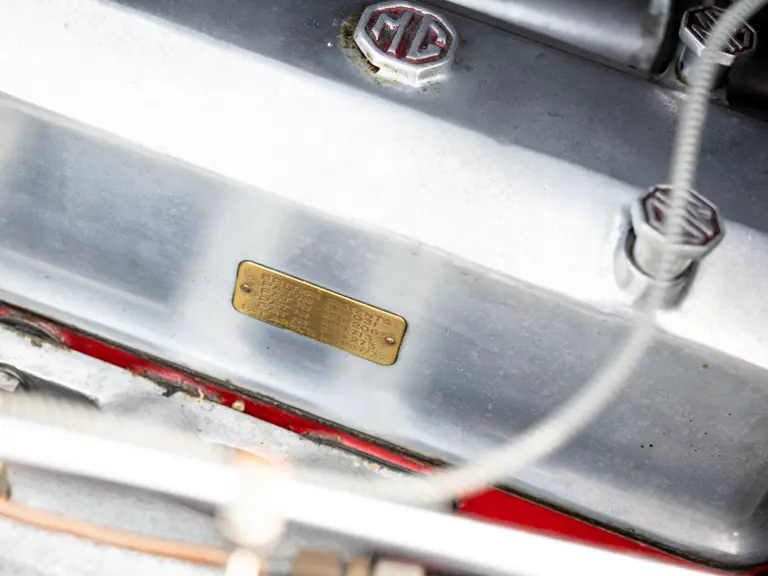
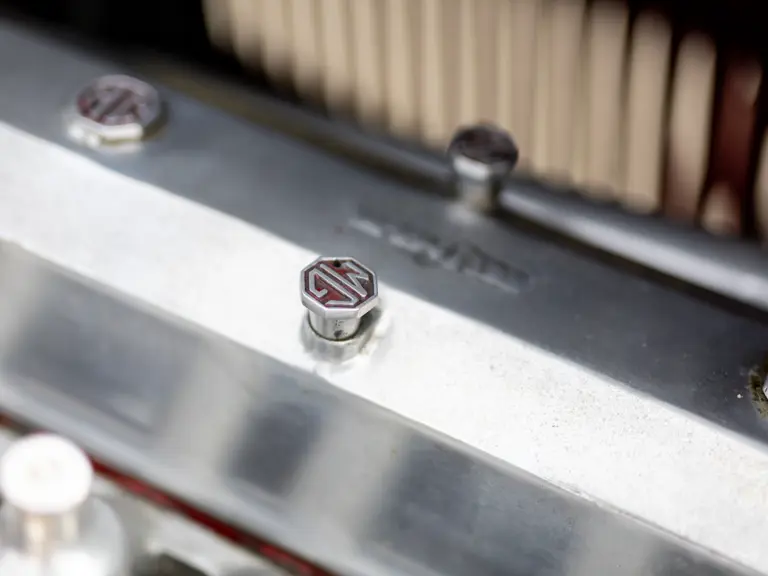
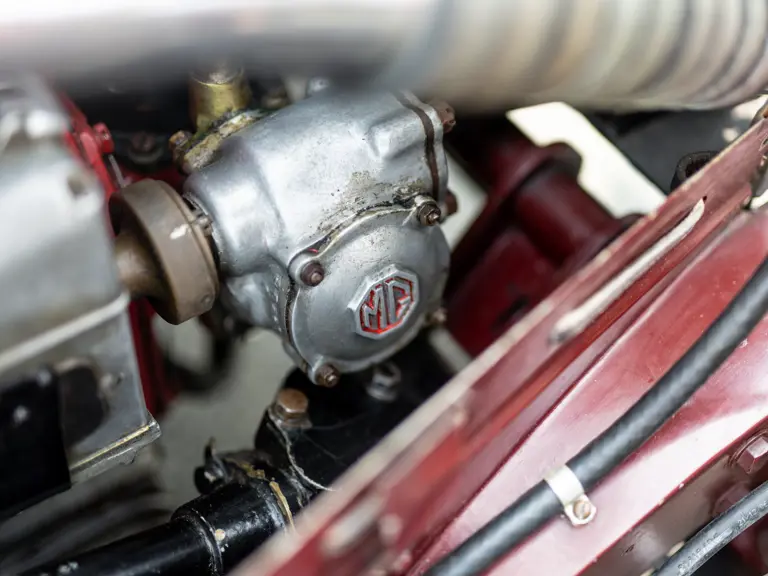
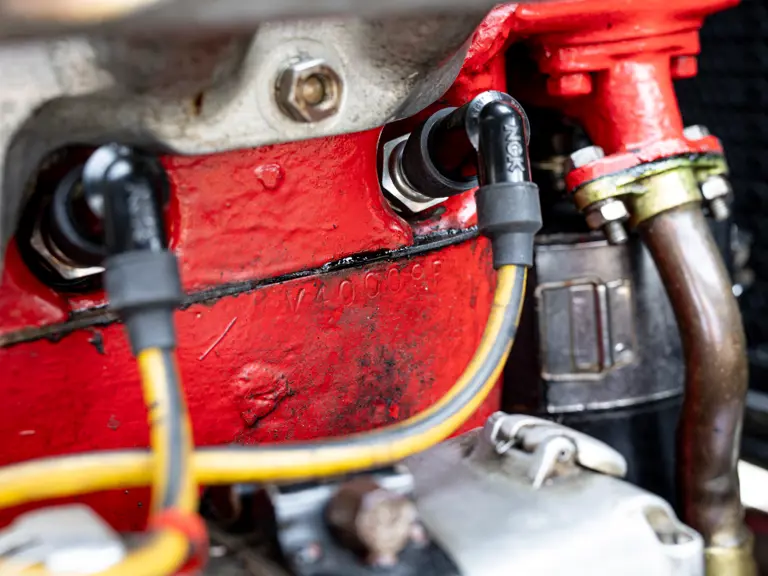
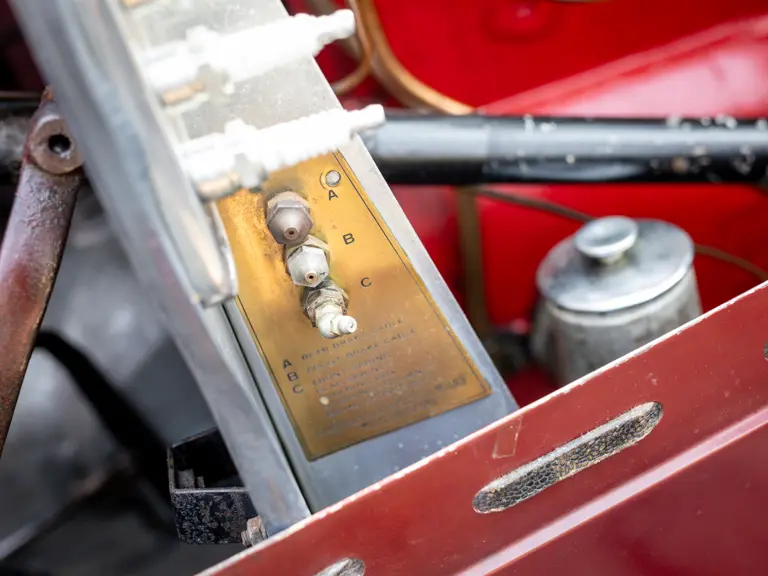
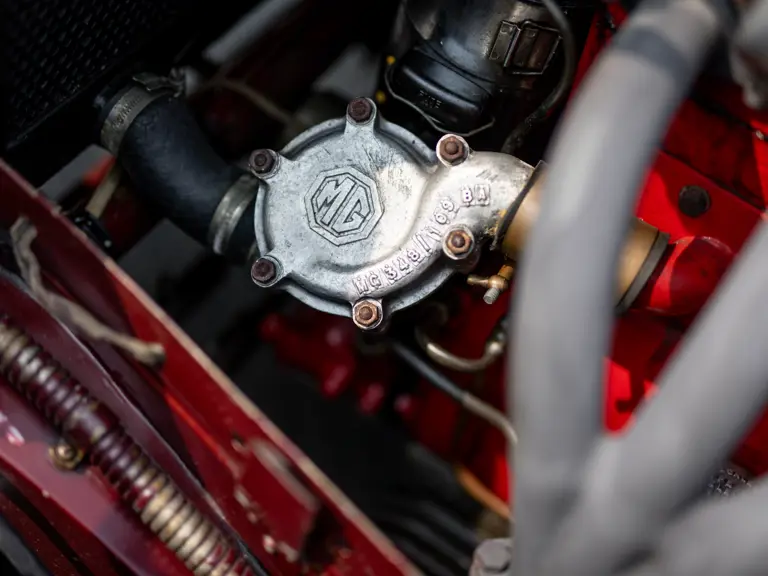
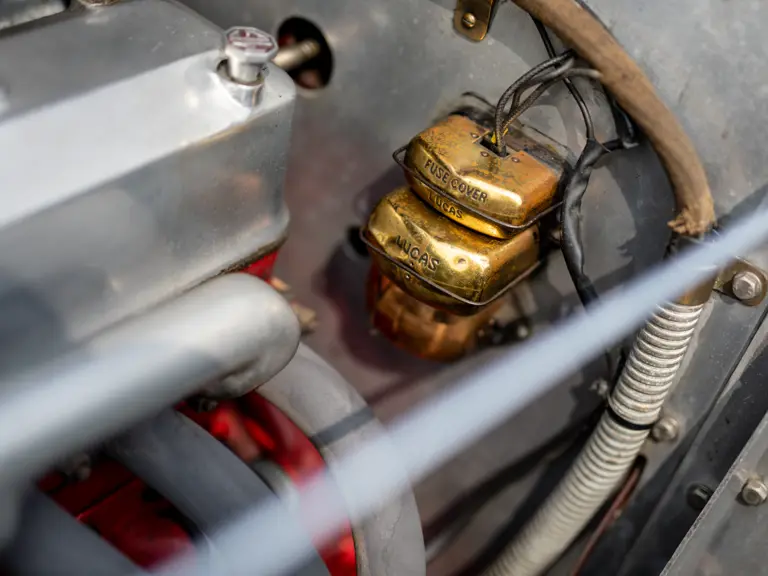

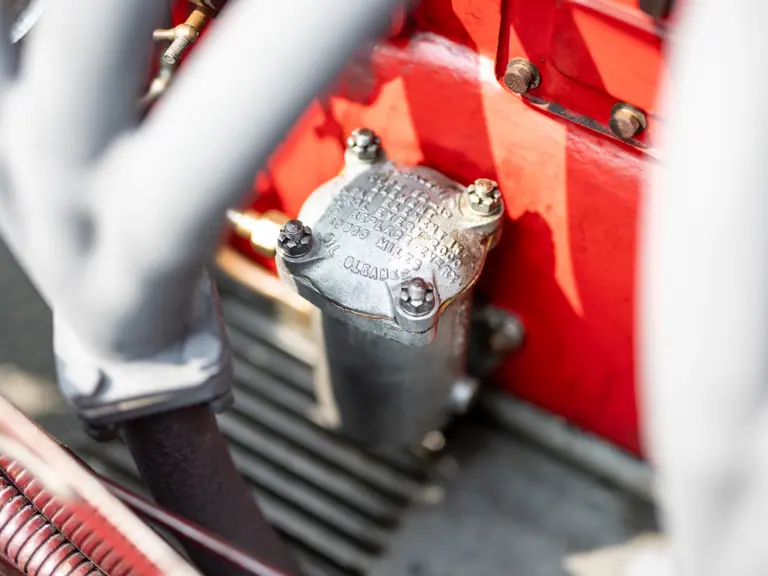

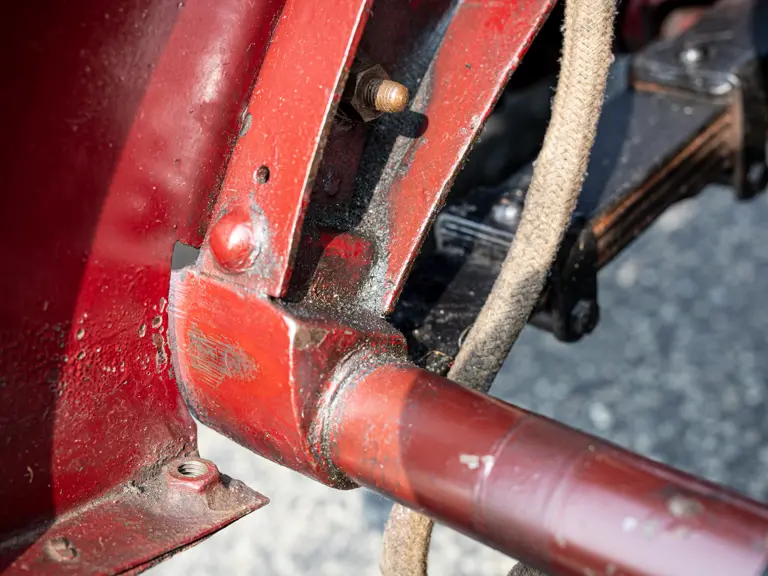
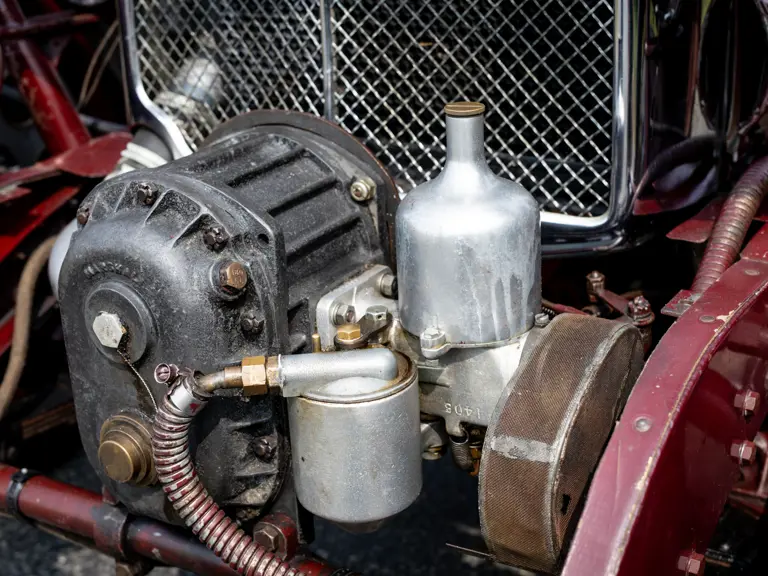
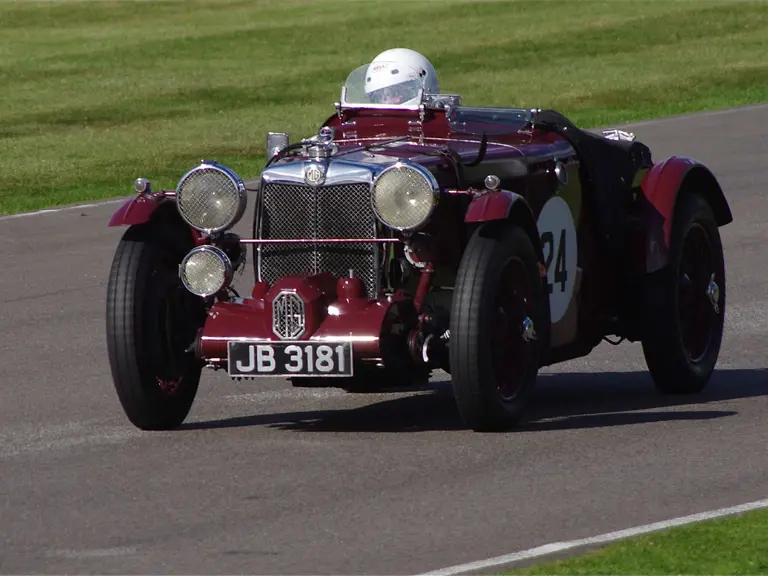

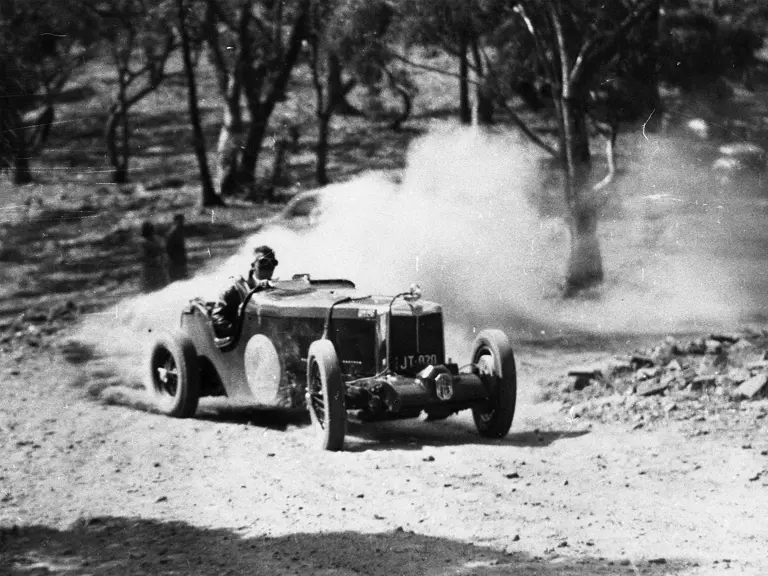

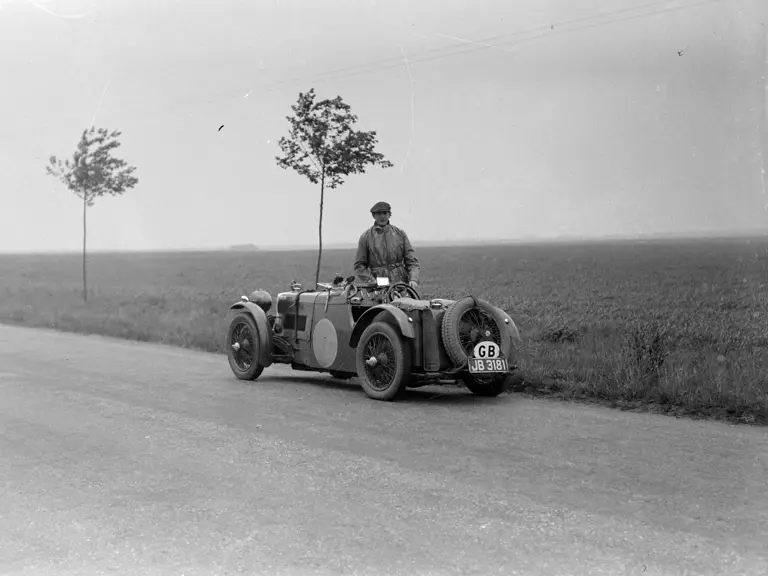
 | London, United Kingdom
| London, United Kingdom

